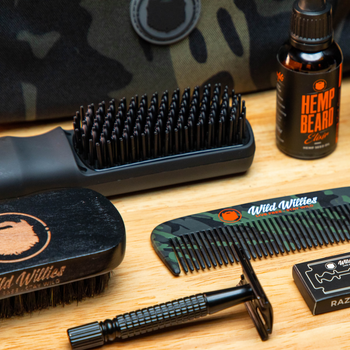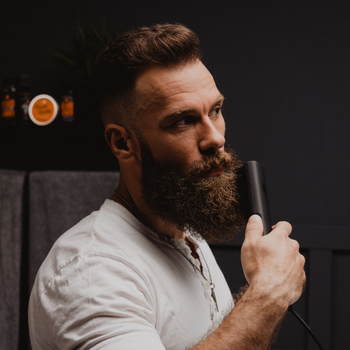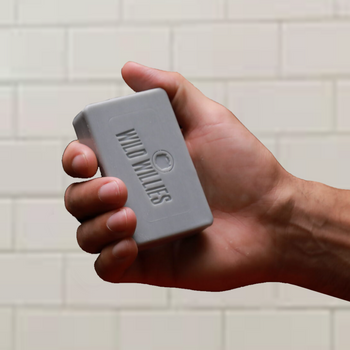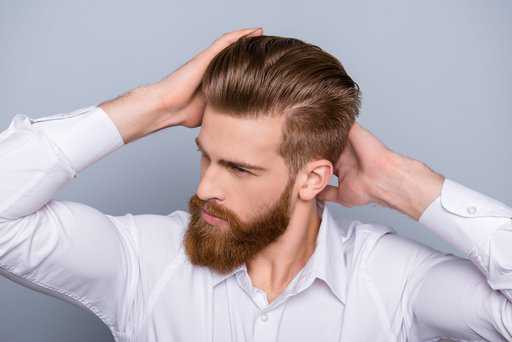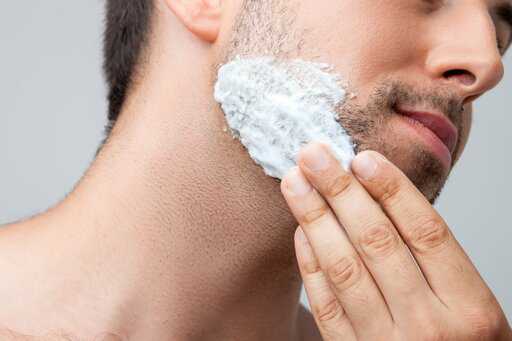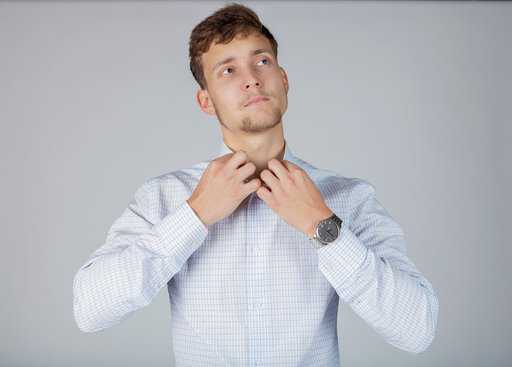Over the past several decades, there has been a slow but steady shift in the way that workplace attire is understood. This is especially true for office environments. Whereas as recently as the 50’s or 60’s it was unheard of to enter the office in less than fully formal garb—for men, a suit, tie, dress shoes and a hat were all essentials—today’s office workplaces are significantly less discerning.
This is good news for men who feel restricted by a full business suit and feel more natural in casual clothing.
However, the move towards a more casual style also has its drawbacks. The most significant problem is that many men just don’t know what to wear. The line between business casual and plain old casual can be a fine one, but it can mean the difference between making a great impression on your boss and coworkers or coming off as a slob.
Nevertheless, a killer business casual wardrobe is not as difficult or as expensive to put together as you might think, and it allows for much more personal style than highly regulated formal dress codes. The trick is to simply know the basics of business casual. In this post, we will teach you just that.

What is business casual for men?
When business casual first appeared in the mid-1960's, it generally took the form of “casual Fridays,” one day of the week where rules on formal attire were relaxed and people could dress in more casual—but still workplace appropriate—clothing.
Nowadays, the context in which casual business wear is appropriate has greatly expanded. In many workplaces, business casual is the standard mode of dress every day of the week, and on most occasions except for the most formal of events and meetings.
Before we talk about the exact kind of clothes that are most suitable for a business casual wardrobe, let’s address some of the usual questions people have about casual business attire.
Is business casual more business or more casual?
The answer to this question will likely depend on where you work. If your job carries a great deal of prestige or requires that you put off a professional image to the public, then the odds are you want to lean more business and less casual. Alternatively, if your workplace is smaller, more relaxed, or more private, you might feel more comfortable trending casual. For the best understanding of what is appropriate in your workplace, simply pay attention to what others are wearing around you.
Keeping in mind the tips given above, remember that business casual is both business and casual. Going too casual (for example, wearing crocs and a graphic-t) can give the impression that you don’t care about your own (or the company’s) image. Alternatively, dressing up too much can make you feel stuffy and overdressed in a situation that requires a looser attitude.
The following step by step guide should help you navigate the nuances of this balance between professionalism and naturalness.
Garment by garment guide to business casual attire:
Coat/Jacket
While a coat or jacket may or may not be a consistent or necessary element of your business casual ensemble, it is an often overlooked element of casual attire. Our simple recommendation is that you own multiple coats and jackets, some more business-oriented than others. In more informal situations or during inclement weather, it may be advisable to wear a less formal coat which can withstand the elements. In formal situations, a tailored sports jacket may be your best bet.

Blazer
Not all blazers are the same. A blazer made of low quality or ill-fitting material not only fails to meet the expectations of most business casual workplaces, but it can look downright shoddy. Nothing gives off musty old man vibes like a threadbare, baggy blazer.
If you want to dress to impress, it is important that your blazer be tailored to fit you snugly (but not too tight). Additionally, make sure that you are using quality material. The type of fabric used can vary based on your climate or personal style.
Shirt/Sweater
As in the case of the blazer, your shirt (and especially a sweater, if you wear one), should fit comfortably and be wrinkle free. Even clothes that aren’t prominent features of your outfit, such as your undershirt, should be clean and well-fitted. A stretched out t-shirt collar poking out from under your dress shirt is not a good look.
Except for in the most casual of business casual settings, it is a good idea to avoid bright colors or flashy patterns on your shirt or sweater. A well trained eye can tell the difference between a tasteful splash of color and a distracting mess, but if you are unsure, err on the side of caution and go with something plain.
Pants
It may seem self explanatory, but one hard and fast rule when it comes to pants is, no shorts! Other types of pants to be avoided are cargo pants, sweat pants, and most jeans. An exception can be made in workplaces that trend casual, so long as the jeans are of very high quality.
However, your best bet is to stick with regular old slacks or khakis. Not only are these reasonably formal, but they also tend to come in neutral colors, which means that they pair well with pretty much any type of top or shoe.
And don’t forget to wear a belt!
Shoes
Speaking of shoes, one common misconception that people have about business casual is that sneakers or even laceless loafers are acceptable for men. This misunderstanding stems from the fact that many men don’t understand exactly how important shoes are in tying together an outfit.
The best choice when it comes to shoes will always be neutral colored dress shoes of some kind. The only reasonable exception to this rule would be a situation where outdoor footwear is called for, such as an outdoor company lunch. In this case, sneakers or boots with minimal design may be appropriate.

Accessories
Common accessories for men include ties, hats, etc. Because accessories are such a wide category, you will probably have to trust your own intuition when it comes to what is appropriate for your workplace and what is not. Items that seem unnatural for the workplace (for example, bowties, baseball caps) probably are. As with all of the other garments listed above, neutral colors and minimal design are your best chance at successfully straddling the line between business and casual.
Tell your beard you mean business
Of course, when it comes to how you present yourself in the workplace, outfit is only a part of the equation. Hygiene and personal grooming are equally important aspects of a business-ready appearance.
For men with facial hair, quality beard shampoo and a boar bristle brush are essentials. Check out Wild Willies online store today to find these and more!

